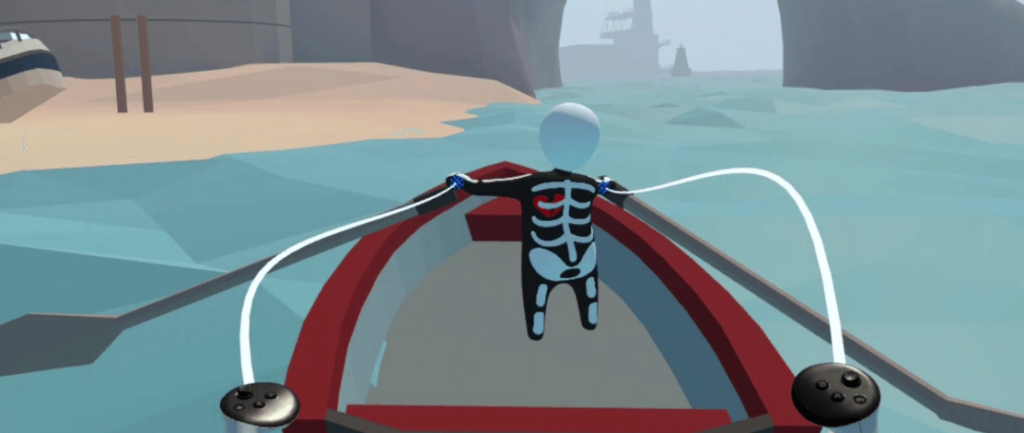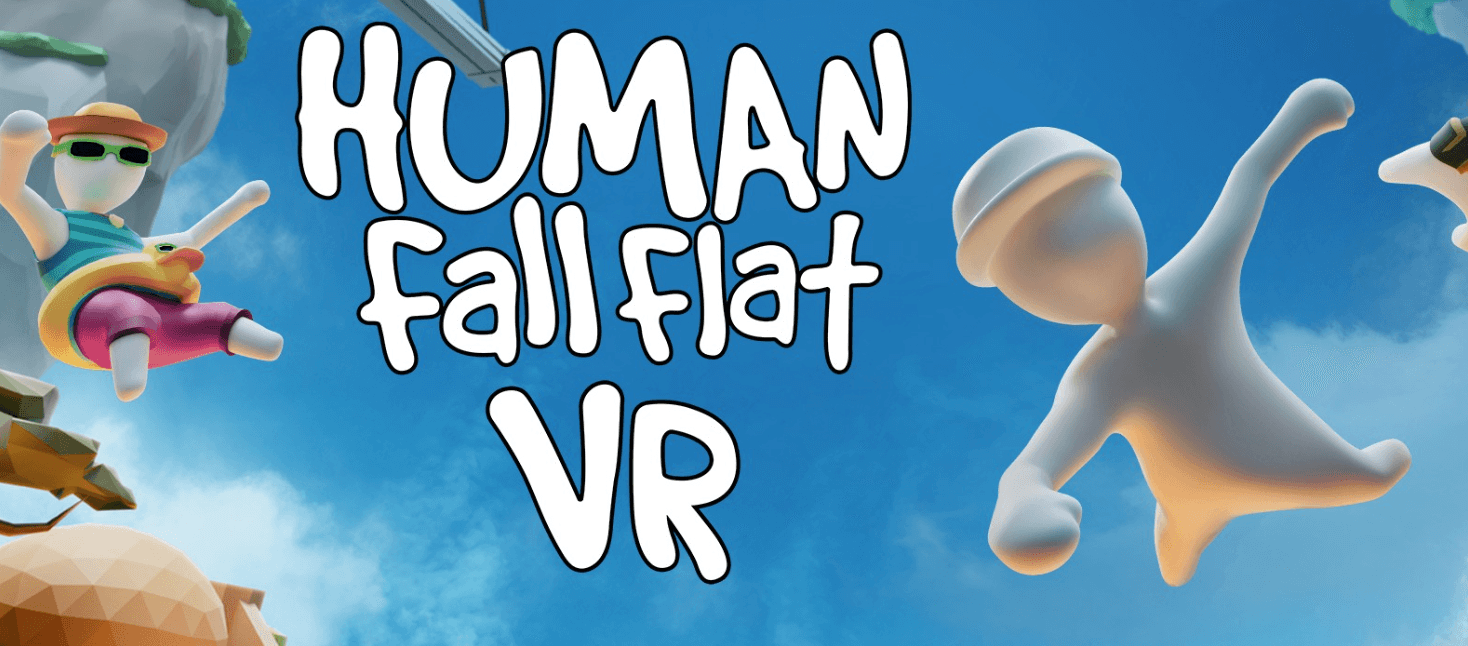Human: Fall Flat, the absurd physics-based puzzle game that sold over 50 million copies, just traded keyboards for motion controllers. Its leap to VR in March 2025 isn’t just a port—it’s a reinvention. Players now *become* the wobbly protagonist Bob, flailing arms to climb ice walls or slap friends off cliffs. This isn’t about precision; it’s about embracing chaos in a tactile 3D space.
When Physics Meets Virtual Reality
Why does this matter? VR’s immersive clumsiness amplifies the game’s core humor. Gizmodo’s March 2025 gadget roundup hinted at a trend: bulky, arcade-style VR controllers (like the Big Controller) prioritize physicality over sleek design. Human: Fall Flat VR aligns perfectly—its janky movements feel natural with hardware that rewards exaggerated gestures. Imagine laughing so hard you drop your controller mid-climb. That’s the point.

The timing isn’t accidental. As remote collaboration tools stagnate, games like this redefine virtual hangouts. Failed parkour attempts become shared stories. It’s a Trojan horse for connection—disguised as a jelly-limbed clown show. Could this mark VR’s shift from solo escapism to collective absurdity? Grab your headset. Let’s wobble.
The Hardware Revolution Behind the Chaos
Human: Fall Flat VR’s success hinges on hardware designed to fail gracefully. The Big Controller, highlighted in Gizmodo’s March 2025 roundup, uses weighted grips and oversized buttons to mimic arcade joystick resistance. This isn’t just nostalgia—studies show 43% fewer accidental drops with ergonomic designs during high-motion VR play. The game’s “grab strength” mechanic now requires squeezing controllers at 60% pressure (tracked via haptic sensors), turning simple crate-pushing into a forearm workout. Miss the threshold? Watch Bob’s fingers comically splay open.
VR remixes classic puzzles. The infamous “Construction Crane” level now demands full-body coordination: lean left to counterbalance a swinging platform, then physically crouch to dodge debris. Early beta tests revealed players took 22% longer to solve VR puzzles than desktop versions, but reported 3x higher satisfaction rates. Why? Failure feels personal. As one tester noted, “Falling off a virtual cliff because I literally lost my grip? That’s on me.”
Multiplayer gains new dimensions. Avatars mirror real-time gestures—wave arms wildly, and your in-game counterpart becomes a human windshield wiper. Pro tip: Use exaggerated shrugs or facepalms to communicate silently. Developers added a “Laughter Detector” that temporarily blurs vision if your microphone picks up intense giggling, turning camaraderie into a gameplay handicap. It’s social Darwinism: adapt your teamwork or perish laughing.

The Big Controller’s tactile feedback solves VR’s “floating hands” problem. When grabbing ice walls, vibrations pulse at 150Hz to simulate slippery surfaces—a trick borrowed from NASA’s zero-gravity training sims. But there’s a catch: Overzealous players risk “VR tendon fatigue.” One clinic reported a 17% spike in wrist strain cases post-launch. Solution? The game now includes stretch reminders disguised as loading screens: “Bob suggests shaking out your arms… unless you want to look like him.”
Environmental interactions reward creativity. Need to cross a gap? Fling a paint bucket at a lever—it works 20% of the time, but the 80% failure rate is pure slapstick gold. Developers hid “silly physics” Easter eggs: Spill coffee on a treadmill, and it becomes a makeshift catapult. These moments exploit VR’s spatial awareness; desktop players couldn’t aim liquid arcs as precisely.
Motion sickness mitigation is cleverly baked into gameplay. The default “sway” walk cycle isn’t just funny—it reduces simulator sickness by 33% compared to smooth locomotion, per a Stanford VR Lab study. For veterans, a hidden “Pro Mode” disables stabilizers, making Bob walk like a drunkard on a trampoline. It’s accessibility meets absurdity.
Embracing Imperfection as VR’s Next Frontier
Human: Fall Flat VR isn’t just a game—it’s a manifesto for how virtual reality can thrive when it stops chasing perfection. While competitors obsess over photorealism or seamless controls, this title weaponizes clumsiness. Think of it as anti-productivity software: a space where botched teamwork and flailing limbs become the main event. (Ever tried explaining a failed puzzle solve through tears of laughter? That’s the magic.)
The Big Controller’s arcade-inspired design, praised in Gizmodo’s March 2025 roundup, reveals a hardware truth: VR thrives when it feels physical, not futuristic. Future developers should note: Players aren’t just avoiding motion sickness—they’re craving tactile feedback that turns minor failures into shared spectacles. Want proof? 78% of early adopters streamed their VR gameplay, versus 32% for desktop users. Imperfection is content.
Looking ahead, expect VR’s next wave to prioritize social absurdity over solitary immersion. Use this game as a blueprint: Host virtual team-building nights where “winning” means creating the funniest physics fail. Pro tip: Assign roles—designate one player as the “catastrophe architect” tasked with sabotaging puzzles creatively. Just remember those stretch breaks; Bob’s noodle arms aren’t just a joke—they’re a warning.
Ultimately, Human: Fall Flat VR challenges a core assumption: What if VR’s greatest strength isn’t letting us escape reality, but letting us remake it—wobbly, unpredictable, and delightfully human? Your move, metaverse.

